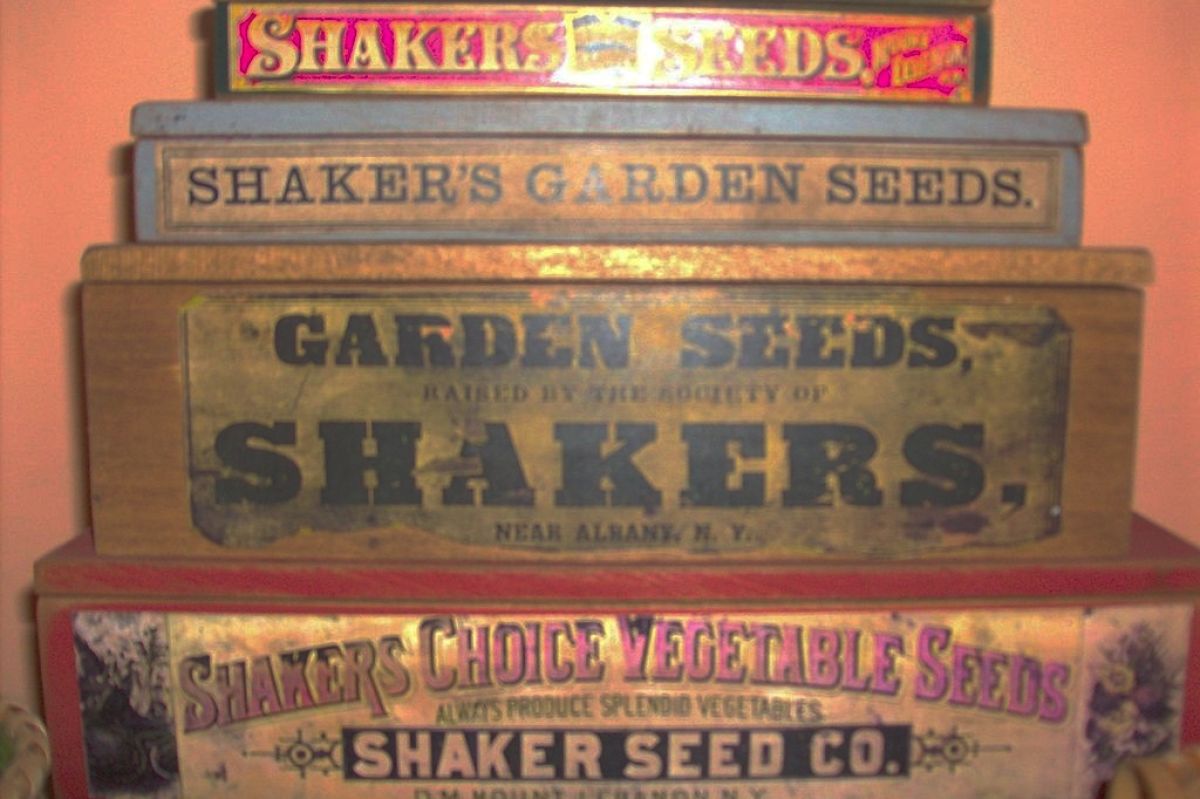During the 18th century, the rigid symmetry and straight lines that were so fashionable during the 17th century in the formal gardens of Renaissance Europe faded out of fashion. A natural look became the gardening goal.
It already was fashionable in the colonies of North America where a garden was essential to feed a family. The evolving middle class, on both sides of the Atlantic, was now influencing the type of garden that was most popular.
American presidents, like Washington and Jefferson, were leaders who actually focused on gardens for growing food. The Shakers, in North America, were successfully selling seeds and were the first to put seeds into printed envelopes. The seed business reflected their reverence for life.
Jefferson authorized the Lewis and Clark expedition and was rewarded with seed for snap beans brought back to him by Lewis. When suffering his final illness at 83, Jefferson even ordered some seeds for an improved cucumber.
In England, the landscaper for the rich, Capability Brown, was kept busy creating natural-looking garden spaces for wealthy landowners…by strictly controlling nature. He created landscapes, at great cost, to look as if they were completely natural. Many originally formal gardens in England were levelled to create his new natural park-like spaces. When Brown died in 1783, King George the third of England remarked to his gardener "Now you and I can do here what WE please!"
This is Moya Andrews, and today we focused on 18th-century gardens.










